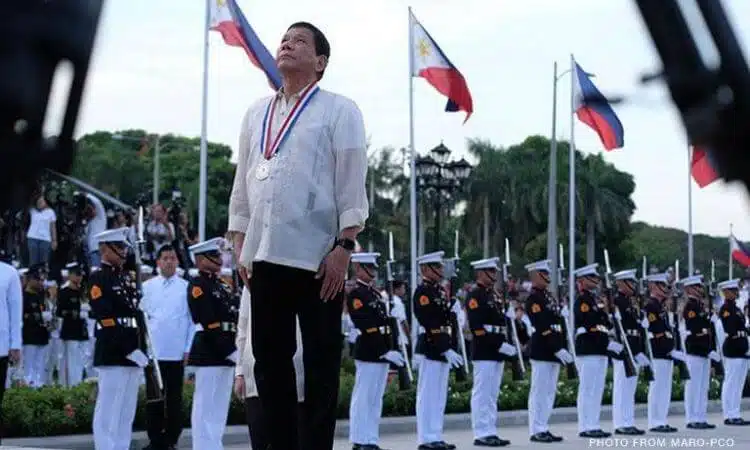
| When thinking about the Philippines, I’m sure I’m not the only one with happy memories of a sunny, warm and welcoming country full of friendly people, tall palm trees, white sandy beaches and beautiful hotel resorts. I made the short trip from Hong Kong many times in the 80s and 90s, including learning to scuba dive in Anilao, Batangas, and am now firmly invested in the Philippines thanks to my loyal VA, Alfred Misa, who is one of many thousands of virtual professionals who provide high quality IT, design, accounting, marketing and support services to western companies from the island of Cebu. It’s almost hard to believe that a country which was romantically named “the Pearl of the Orient”, due to its natural beauty and historical treasures, finds itself at the front line of potential military conflict over China’s ambitions in the South China Sea. Like all Asian countries, China is the Philippines’ largest trading partner, accounting for 27% of their exports and 23% of imports and, despite fluctuating attitudes towards China over the past 20 years, the two countries have enjoyed flourishing bilateral trade relations which have grown by approx. 9% every year. Since his election in 2016, President Rodrigo Duterte has displayed a highly accommodative approach towards China, including many friendly visits to Beijing seeking new infrastructure deals from the China-led Asian Infrastructure Investment Bank and China’s Belt and Road Initiative. He even “set aside” the ruling by the Permanent Court of Arbitration in The Hague made in 2016 to dismiss China’s “nine-dash line” claim in the South China Sea (a high profile success for his predecessor, Benigno Aquino III, which was immediately rejected by China) and called a halt to joint Philippine-American naval patrols in the South China Sea, stating that he would rather buy weapons from China and Russia than the United States. However, after 5 years in office, and in his last year as President, Duterte has little to show for his friendly relationship with China. The big infrastructure deals haven’t materialised, China has continued its pressure on Philippine-claimed islands and fishing sites in the South China Sea and undermined the already weakened US-Philippines alliance. China’s increased assertiveness in the South China Sea has exposed the Philippines as a weak military force in the region (it’s defense budget has reduced every year for the past 30 years, and is now below 1% of GDP) which, like with South Korea (see Strategic Ambiguity) places Philippines leaders in the awkward position of having to wrestle between the economic prosperity that comes from maintaining friendly relations with Beijing and the military strength and security offered by Washington. Presidential elections in the Philippines are usually colourful and unpredictable affairs and, irrespective of the candidates involved and their position on domestic issues, next year’s contest will highlight the high level stakes involved for medium-sized Asian democracies in having to make the impossible choice between long term prosperity and short term security. |
